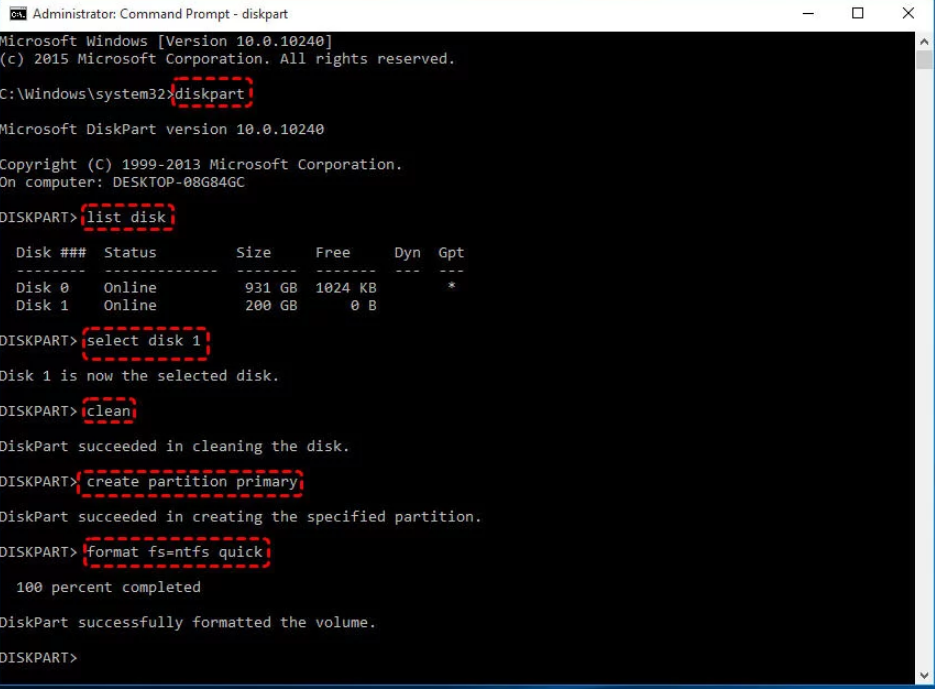

For Windows 7 and the later, NTFS file system is required for OS. In terms of file system, NTFS and FAT32 are workable in Windows OS. As a result, an SSD with 120 GB disk space can meet the basic demands for dual boot. For Linux like Mint, disk space between 20 GB to 40 GB is enough, and Ubuntu require less. For instance, a normal Windows OS like Windows 7, Windows XP or Windows 10 needs space larger than 60 GB, and 80 GB would be the best. Before You Doīefore proceeding, it’s better to learn some information about dual boot requirements. All in all, there may be other factors lead us to partition a hard drive, but the more important thing is to figure out how to do this. Some users even partition SSD for OS and games. For user who has requirements for different operating systems, dual boot is a good way to keep both systems in use. For user who has upgraded Windows 7 to Windows 11, dual boot is a good way to back to familiar OS. As mentioned before, SSDs come with large capacity recently, which makes OS dual boot on SSD possible. They have benefited from the SSD and want to get more from this disk.

There is a large part of user hope to partition hard disk for dual boot. Well, is it good to partition SSD? SSD has no moving parts comparing to HDD, yet you can still partition it for multiple tasks. Of course, some of them use SSD for OS and HDD for storage to fully take advantage of each disk. This part of PC users mostly want to change old and slow traditional hard disk drive with new and fast solid state drive. For a period of time, replacing HDD with SSD in desktop and laptop becomes a popular trend. SSD manufacturers like Samsung, Intel, Toshiba, Kingston, SanDisk, and PNY are well-known SSD brands. SSDs tend to be with large capacity and affordable prices on the market. SSDs are dramatically coming into our computing life and more and more users are benefitting from the new technology.


 0 kommentar(er)
0 kommentar(er)
